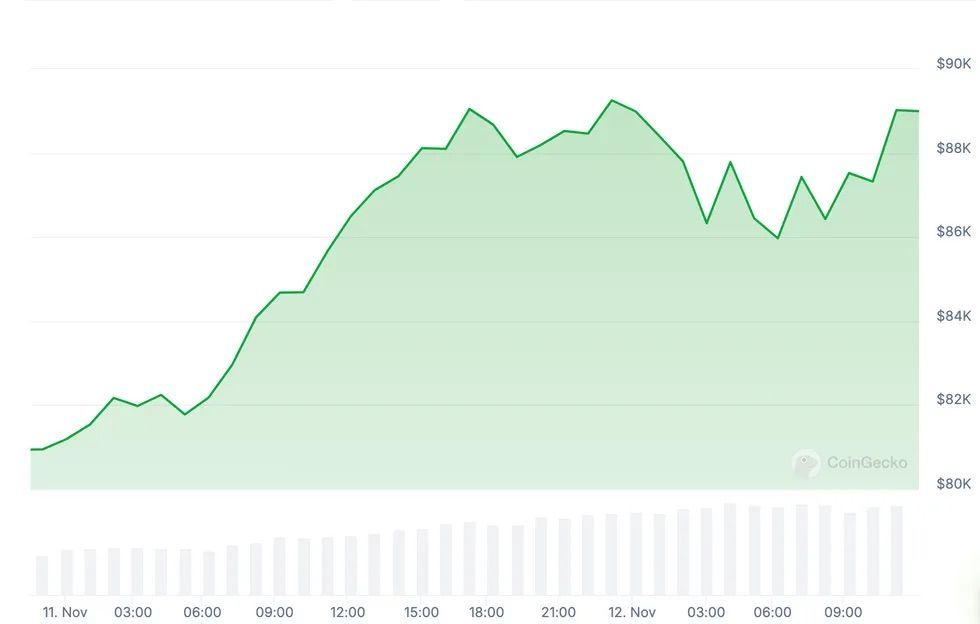A thrift savings plan (TSP) is a retirement savings program specifically designed for federal employees and members of the military. TSPs are considered qualified retirement plans, and this status affects aspects like tax benefits, employer contributions and protections under federal law. Qualified retirement plans must meet certain standards set by the IRS and are typically tax-advantaged, meaning contributions may grow tax-deferred. If you’re a member of the military or a federal employee, a TSP can be a valuable tool to help you plan for retirement.
A financial advisor can help you plan and save for retirement. Connect with up to three advisor matches today.
What Is a Thrift Savings Plan?
A TSP is a retirement savings plan specifically created for federal government employees, including members of the military. The plan functions similarly to a 401(k) for private-sector workers, offering federal employees an opportunity to contribute a portion of their income to a tax-advantaged retirement account. A TSP provides both traditional (pre-tax) and Roth (after-tax) options, allowing you to choose the tax treatment that aligns with your financial goals.
You can invest in a variety of funds through a TSP. Investment choices range from more conservative options like government securities to potentially higher-growth choices like stock index funds. TSPs offer low administrative fees, making them a cost-effective way for government employees to save for retirement. Participants can also benefit from matching contributions, which boosts their savings potential.
Is a Thrift Savings Plan a Qualified Retirement Plan?
A thrift savings plan is considered a qualified retirement plan. This means it meets IRS requirements for tax-advantaged retirement savings plans, similar to a 401(k) plan. As a qualified retirement plan, a TSP offers benefits like tax-deferred growth for traditional contributions and Roth tax benefits for after-tax contributions.
TSPs are also subject to certain IRS rules, including annual contribution limits and required minimum distributions (RMDs) once participants reach the age of 73 (75 for people born in 1960 or later). For federal employees and military members, the qualified status of a TSP provides a secure and tax-efficient option for building retirement savings.
How Does a Thrift Savings Plan Work?

A TSP allows participants to contribute a portion of their income to a retirement account on either a pre-tax or post-tax basis, depending on their tax preferences. The traditional TSP option allows for tax-deferred contributions, meaning that taxes are paid only when funds are withdrawn in retirement. The Roth TSP, on the other hand, is funded with after-tax contributions, so withdrawals in retirement are tax-free if certain conditions are met.
Participants can invest their contributions across several fund options, arranged below from lowest to highest risk:
- G Fund: Government Securities Investment Fund
- F Fund: Fixed Income Index Investment Fund
- C Fund: Common Stock Index Investment Fund
- S Fund: Small Cap Stock Index investment fund
- I Fund: International Stock Index investment Fund
There are also 11 L funds, or Lifecycle Funds, which are target date funds that include varying percentages of the other funds that adjust to match your risk tolerance as you age.
These options provide flexibility in risk management, allowing participants to create a portfolio that aligns with their risk tolerance and retirement timeline.
In addition to employee contributions, some TSP participants, particularly those in the Federal Employees Retirement System (FERS), receive matching contributions from the government. Matching contributions increase the account balance, accelerating savings growth over time. TSP accounts are also portable, allowing individuals to roll over their TSP funds into other qualified retirement accounts if they leave federal employment.
Tax Benefits of a TSP
Thrift savings plans offer several tax advantages that make them an attractive retirement savings option:
- Tax-deferred growth (traditional TSP): Contributions to a traditional TSP are made on a pre-tax basis, reducing taxable income in the year they’re made. Earnings grow tax-deferred, meaning taxes are only paid upon withdrawal, which can be beneficial if the participant is in a lower tax bracket in retirement.
- Tax-free withdrawals (Roth TSP): Contributions to a Roth TSP are made with after-tax dollars, which allows for tax-free withdrawals in retirement, provided the account holder is at least 59 ½ and the account has been held for at least five years. This can be advantageous for participants who expect to be in a higher tax bracket in retirement.
- Matching contributions: TSP participants in certain federal positions, such as those under the Federal Employees’ Retirement System (FERS), are eligible for matching contributions from the government, providing a boost to their retirement savings at no additional cost to them.
- Low administrative fees: TSPs are known for their low fees, which can help preserve investment returns over the long term, allowing more of the participant’s money to go toward their retirement savings.
How to Sign Up for a TSP
Only federal employees and members of the military are eligible to participate in a TSP. Here’s how to get started:
- Confirm eligibility: Ensure you qualify as a federal employee or military member. TSP eligibility typically extends to employees in FERS, the Civil Service Retirement System (CSRS) and members of the military.
- Choose a contribution option: Decide whether you want to contribute on a pre-tax basis with a traditional TSP or on an after-tax basis with a Roth TSP. You can also choose to contribute to both if you want a mix of pre-tax and post-tax benefits.
- Set up contributions: Determine the percentage of your salary or a specific dollar amount to contribute each pay period. Federal employees in FERS can benefit from matching contributions, so it may be advantageous to contribute enough to receive the full employer match.
- Select investments: Choose from the available TSP funds based on your risk tolerance and retirement goals. Options range from conservative funds like the G Fund to stock-based funds like the C Fund for potentially higher growth.
Bottom Line

A thrift savings plan is a qualified retirement plan that offers federal employees and military members a tax-advantaged way to save for retirement. With its traditional and Roth options, low fees and potential for matching contributions, a TSP provides an effective vehicle for building long-term savings. As a federal employee, understanding how a TSP works and the benefits it offers can help you make informed decisions that support your retirement goals.
Retirement Planning Tips
- Whether you have a 401(k), traditional IRA, TSP or another type of retirement account, the government requires you to start withdrawing your tax-deferred retirement savings by a certain age. These mandatory withdrawals are known as required minimum distributions (RMDs). The RMD age is currently 73, but will rise to 75 for people born in 1960 or later. Here’s a closer look at how to calculate your first RMD, which is due by April 1 of the year after you reach RMD age.
- A financial advisor can help you manage your retirement accounts and build a financial plan for retirement. Finding a financial advisor doesn’t have to be hard. SmartAsset’s free tool matches you with up to three vetted financial advisors who serve your area, and you can have a free introductory call with your advisor matches to decide which one you feel is right for you. If you’re ready to find an advisor who can help you achieve your financial goals, get started now.
Photo credit: ©iStock.com/designer491, ©iStock.com/LordHenriVoton, ©iStock.com/c-George
The post Is a Thrift Savings Plan (TSP) a Qualified Retirement Plan? appeared first on SmartReads by SmartAsset.




